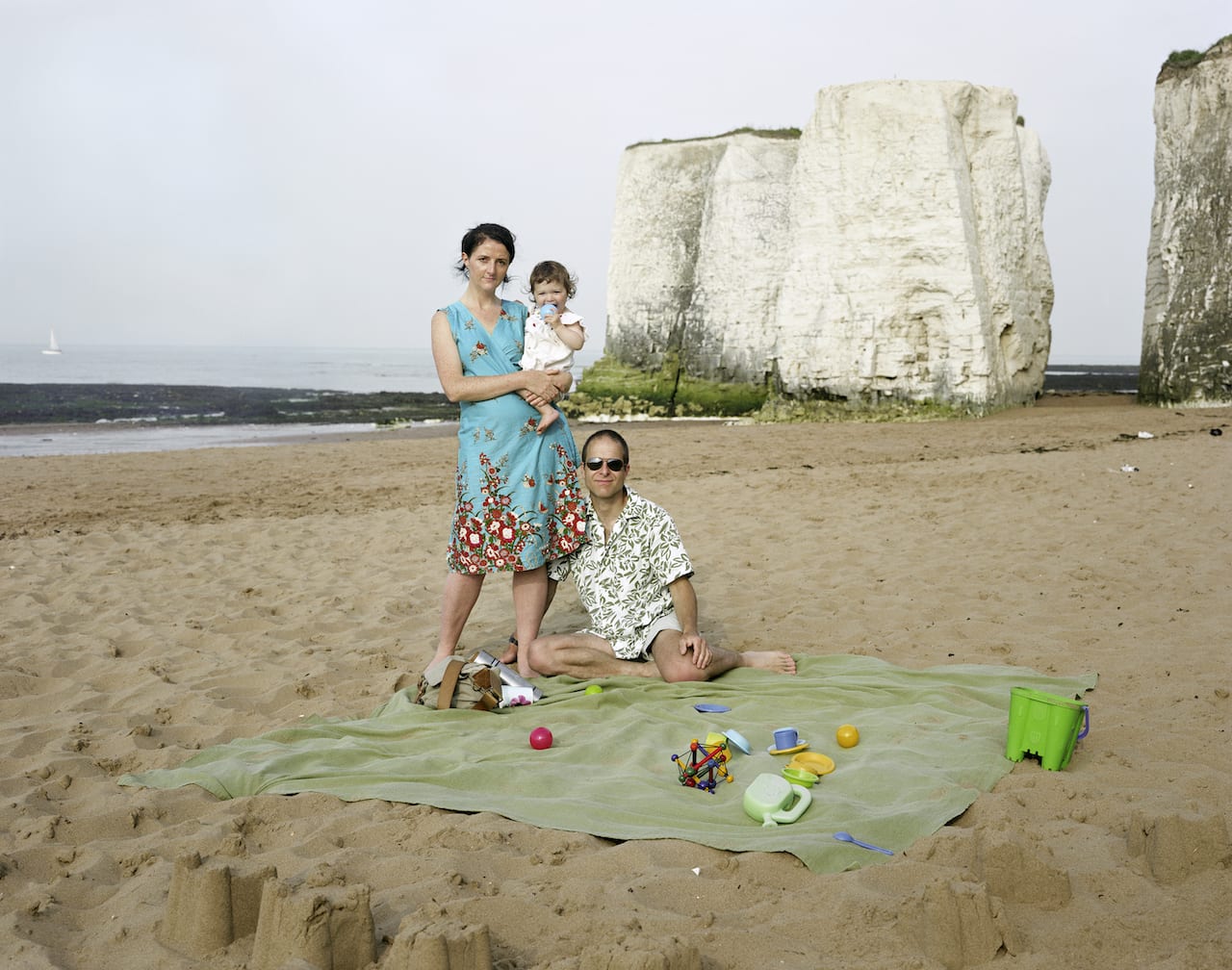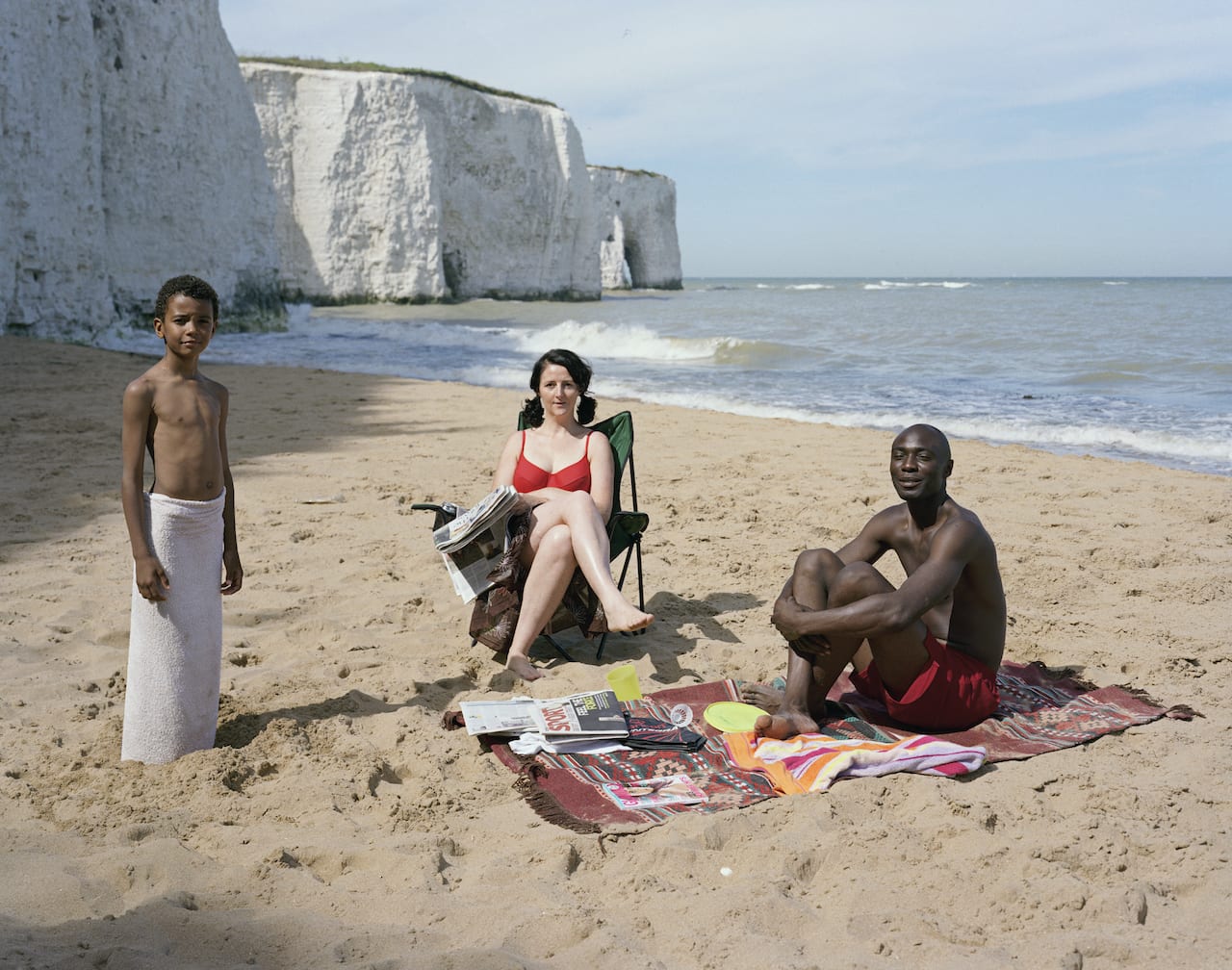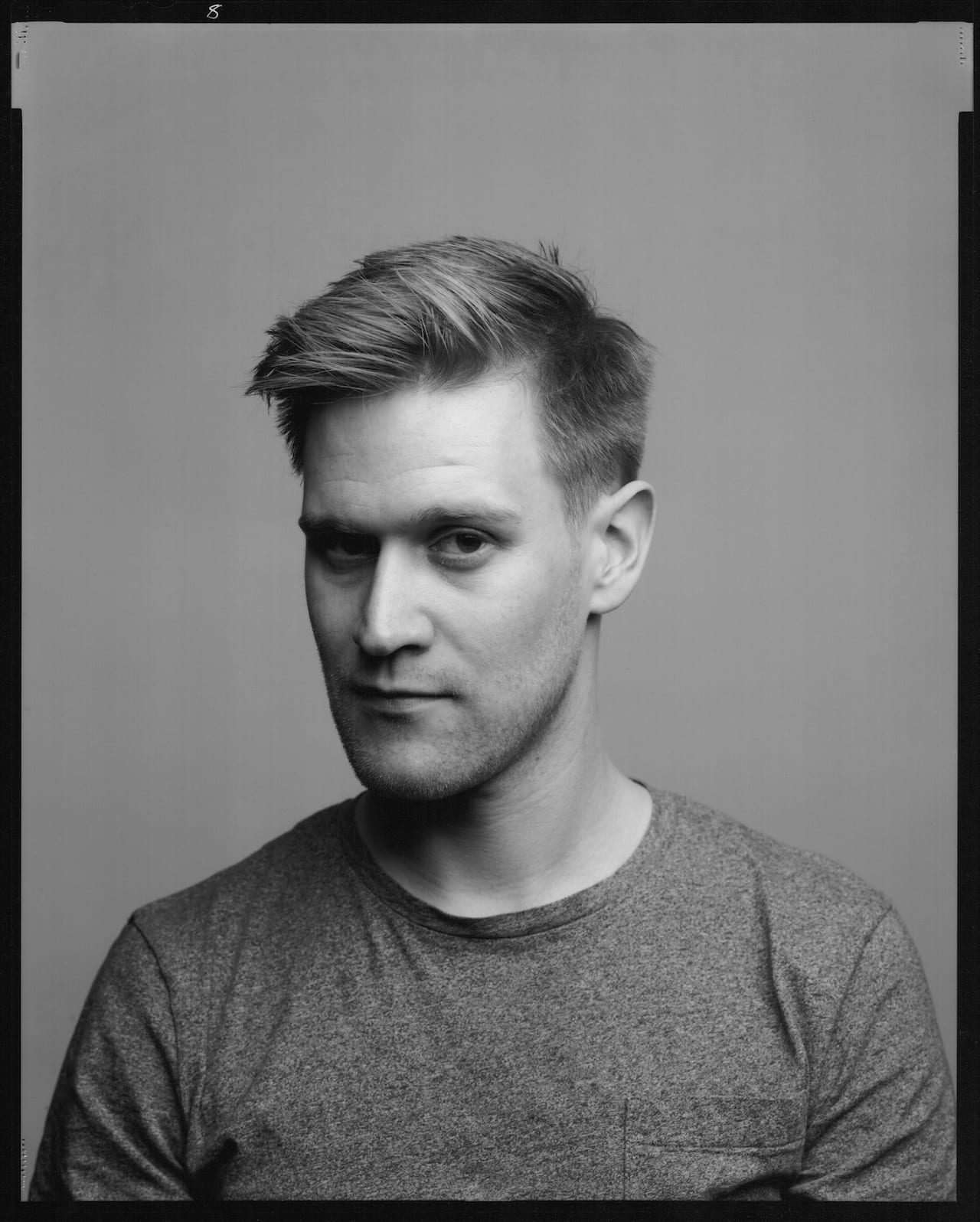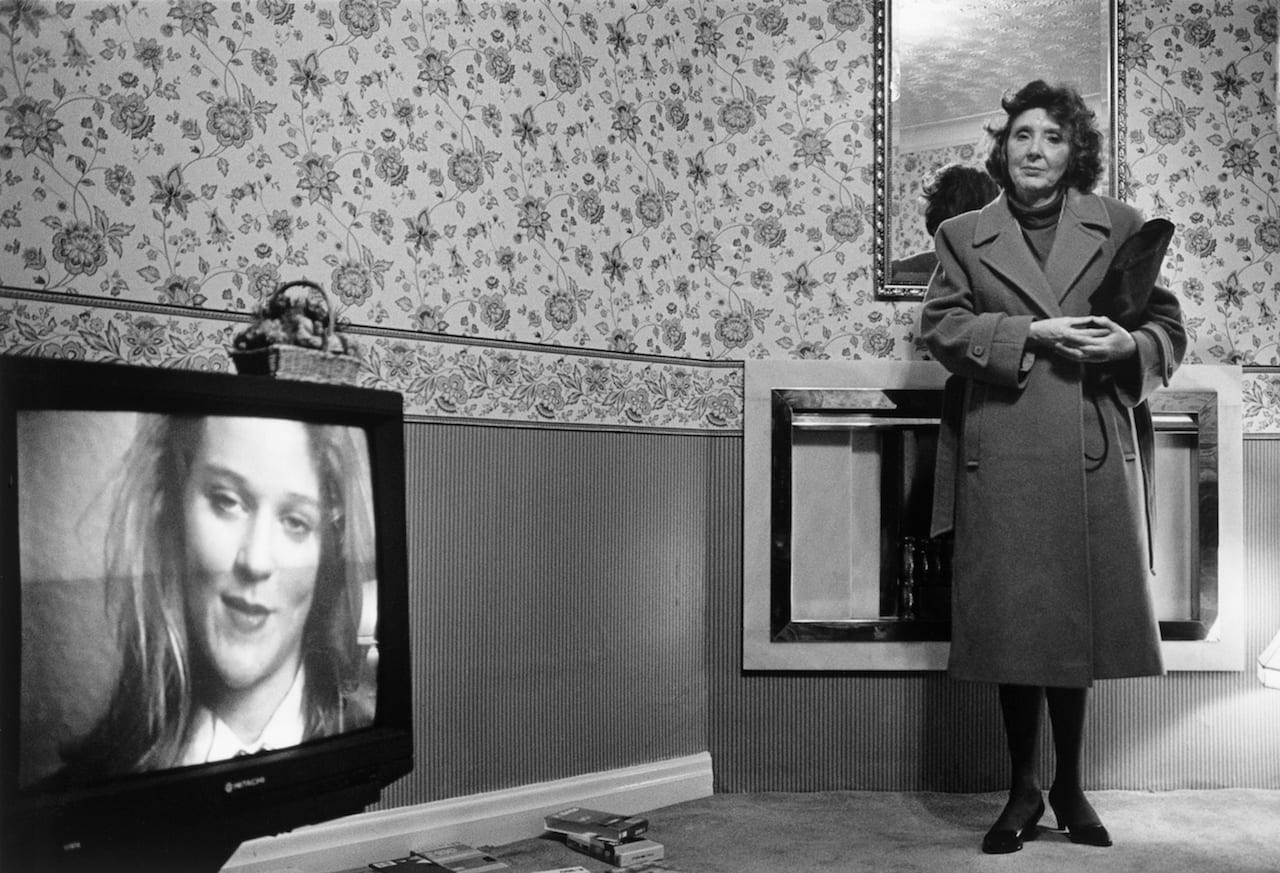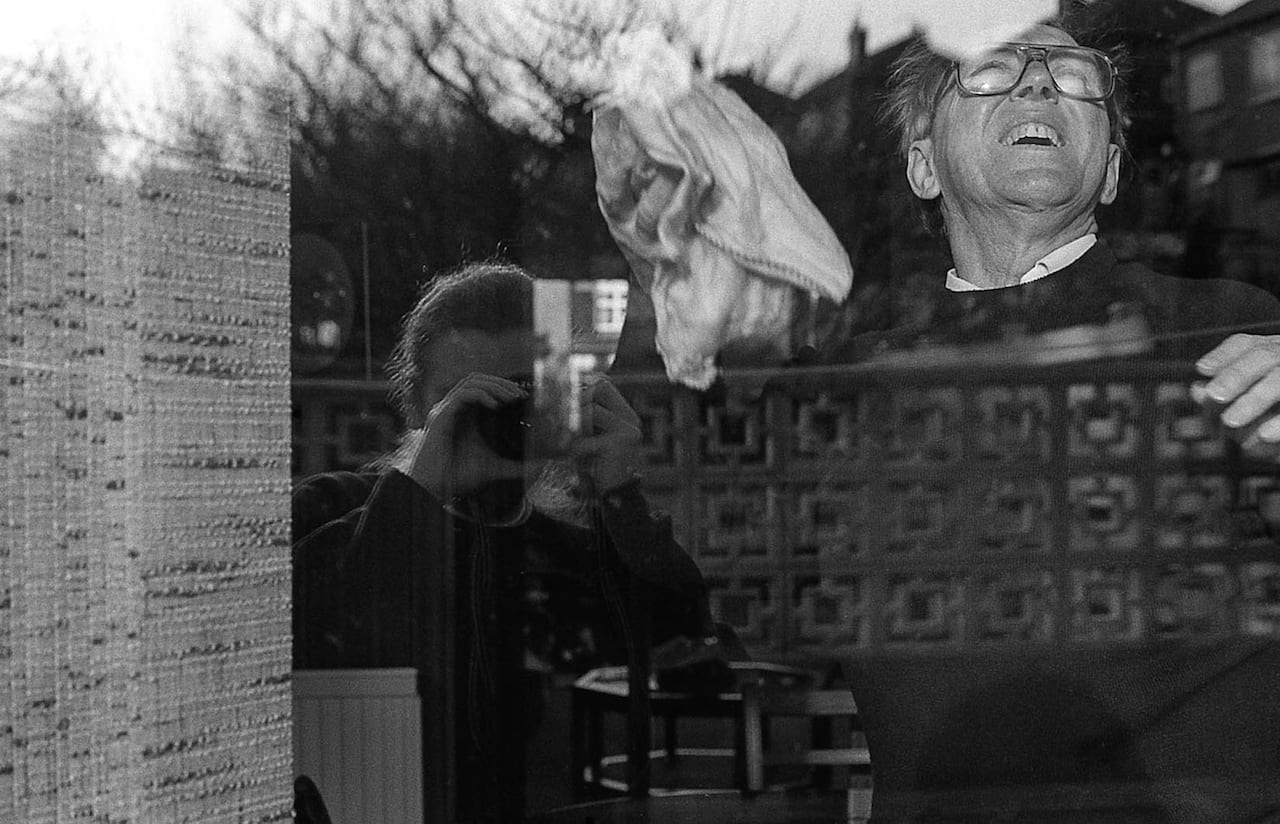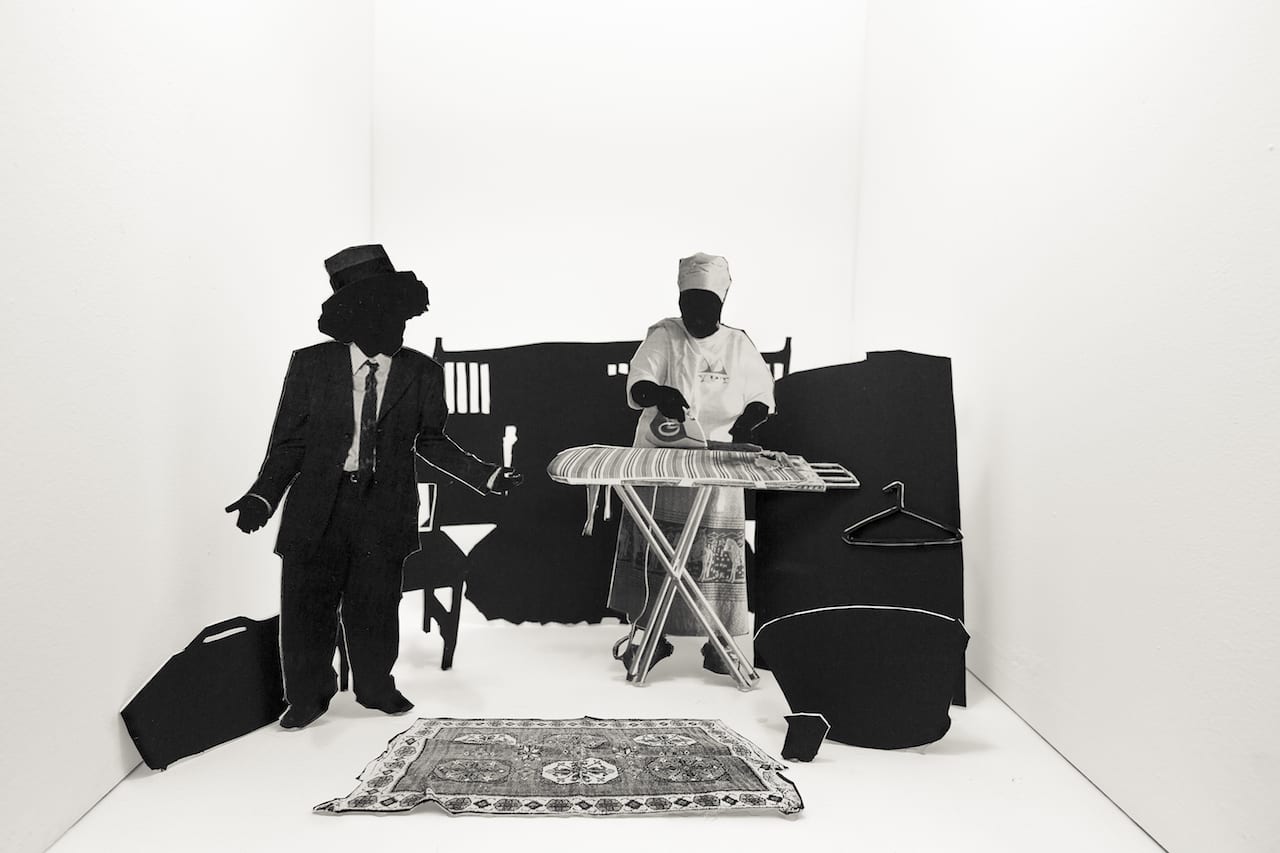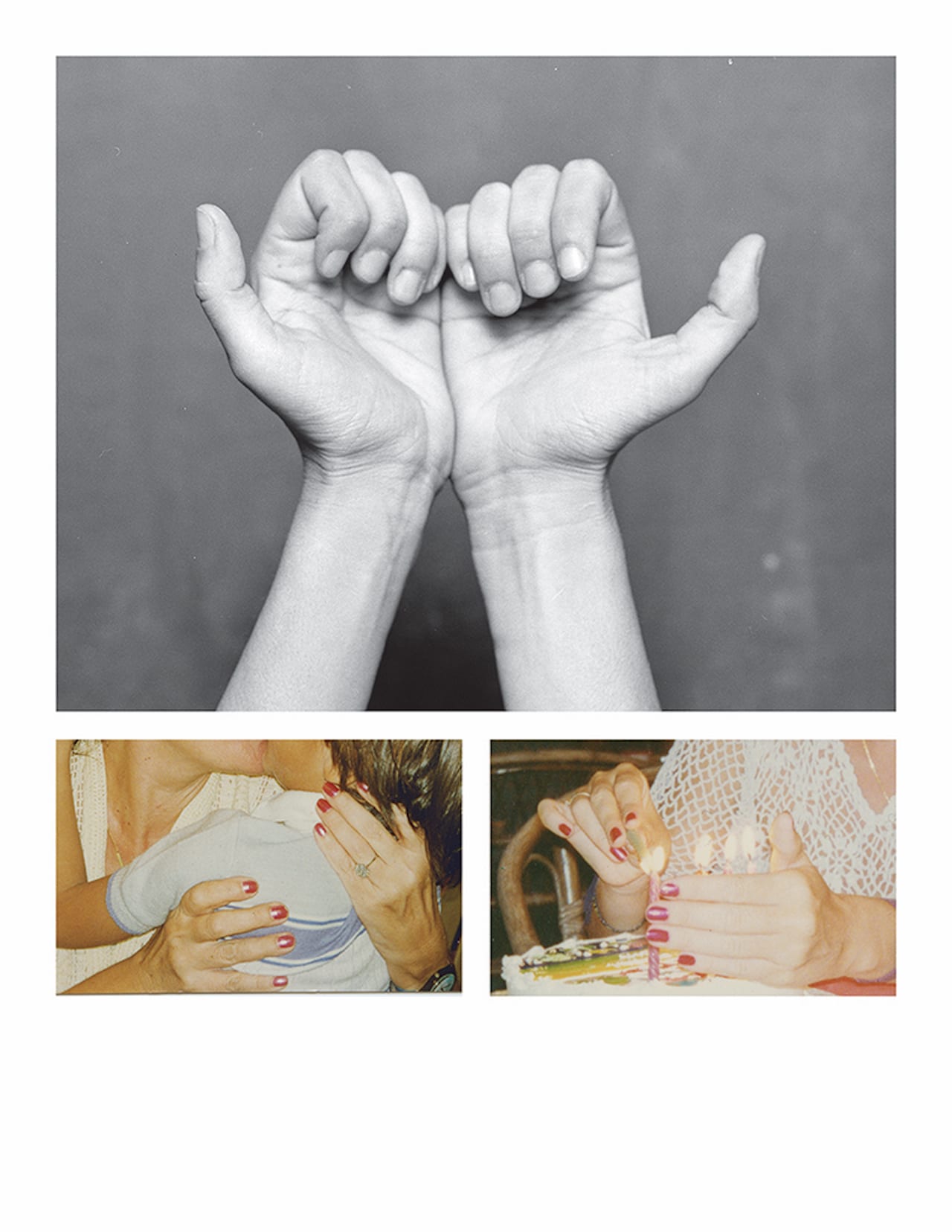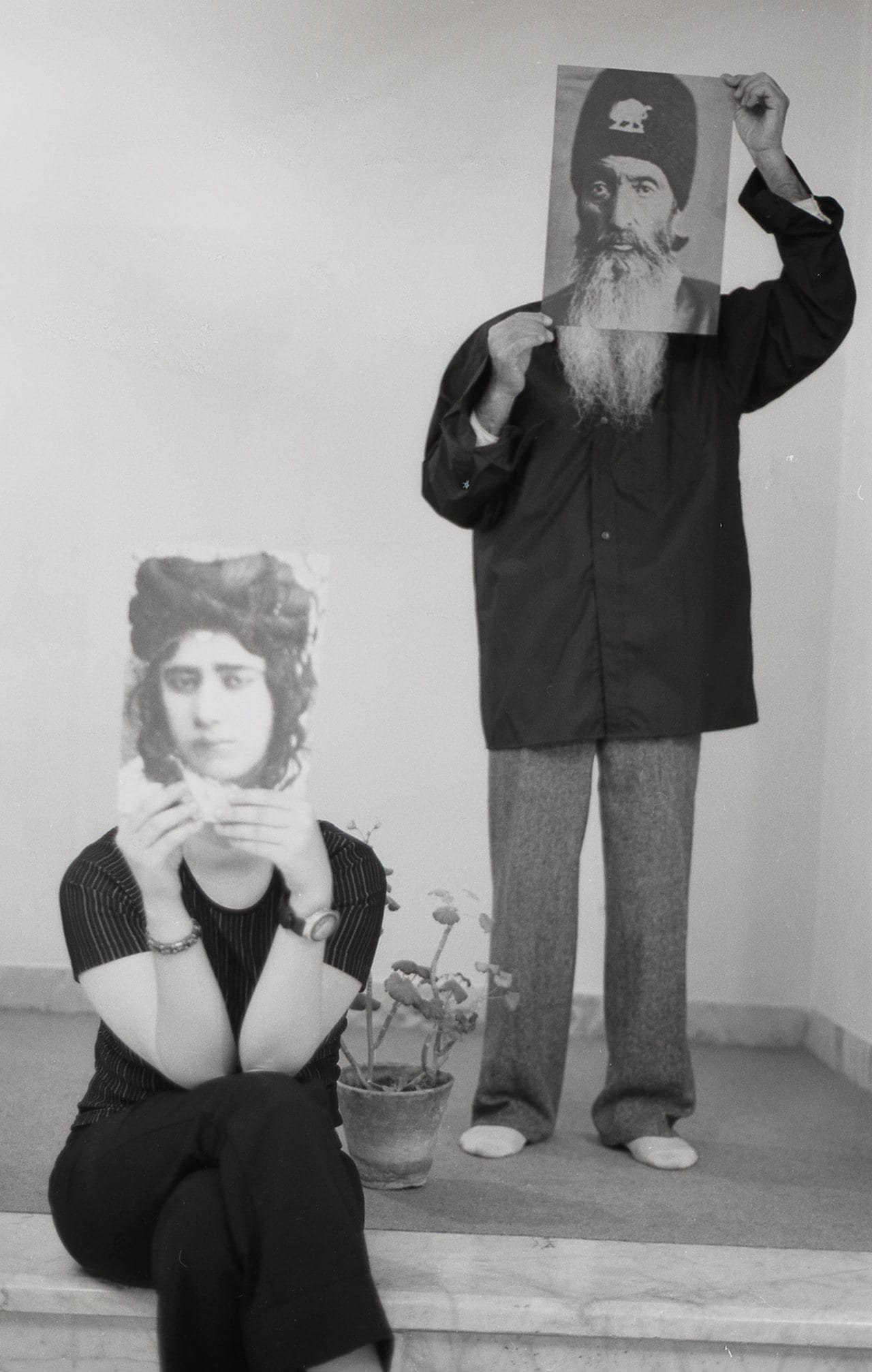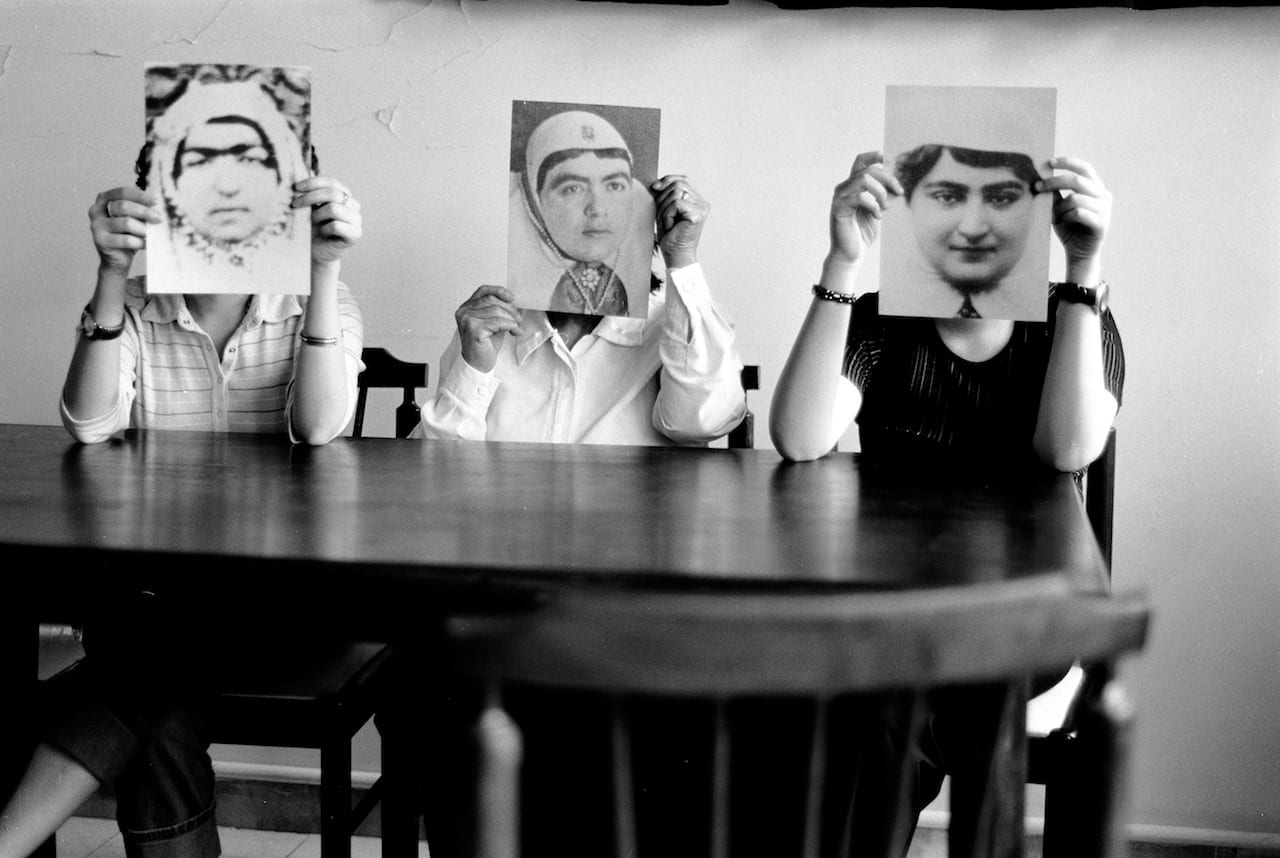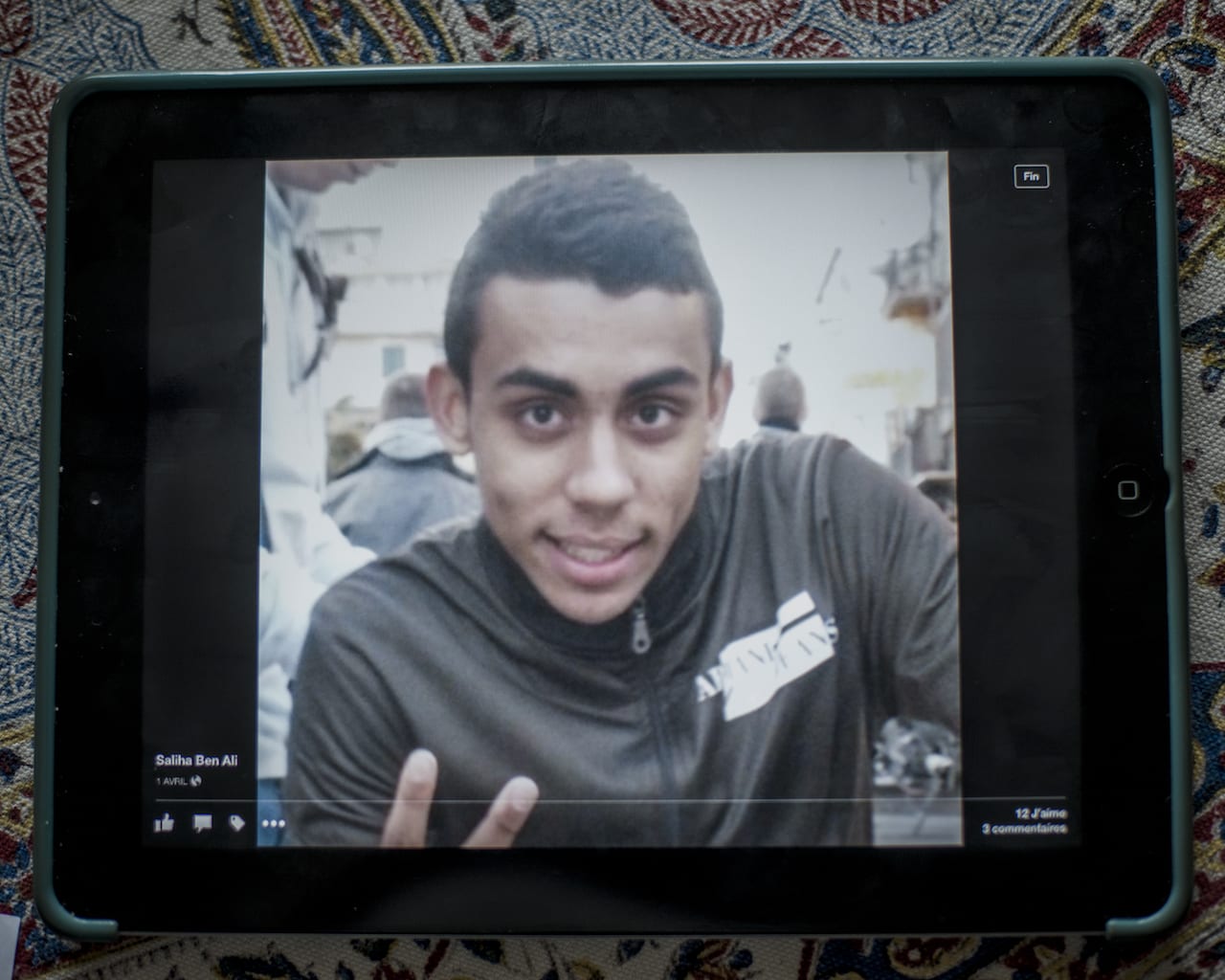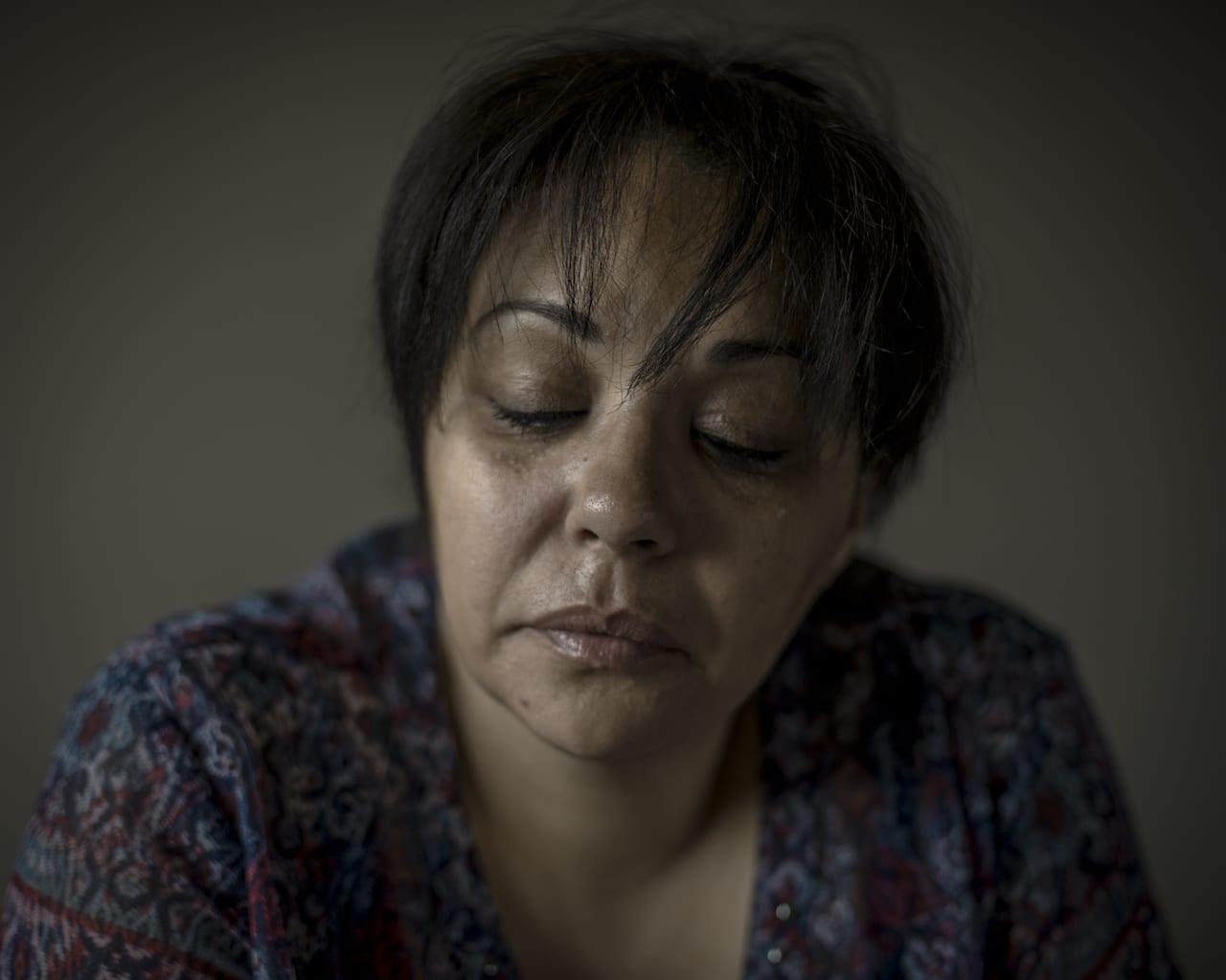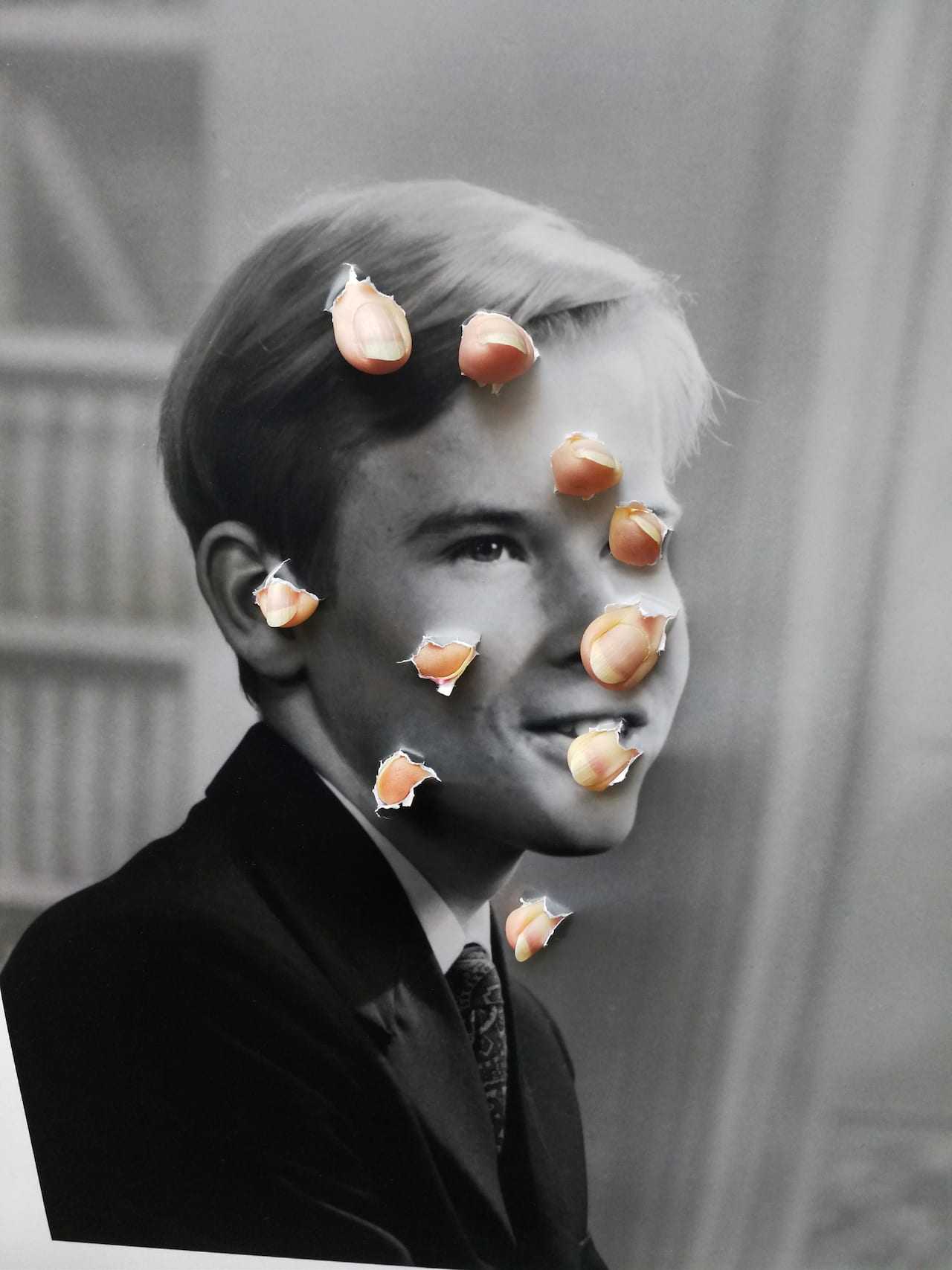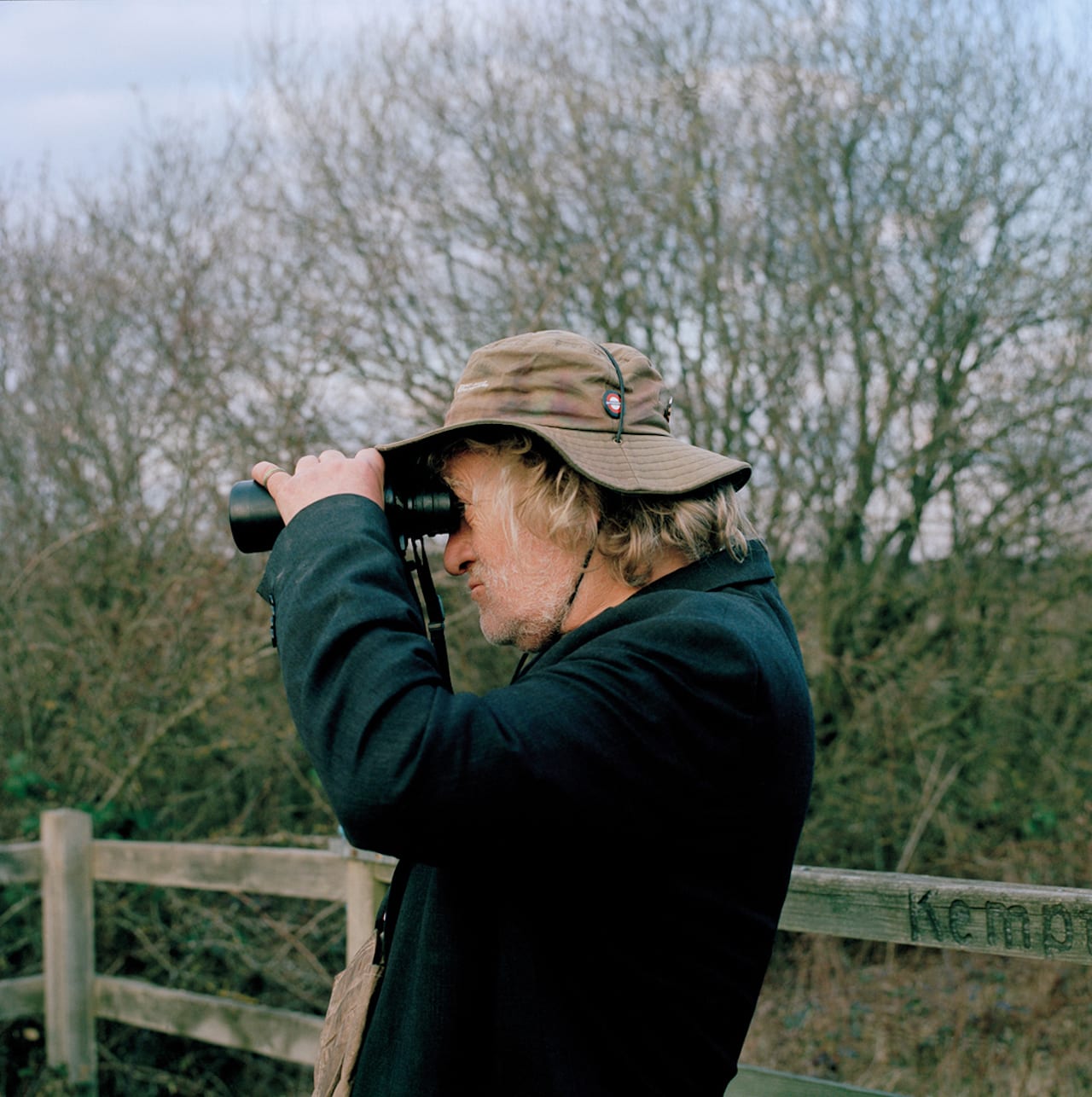2019 marks a quarter of a century since Val Williams’ curated her seminal exhibition, Who’s looking at the family? at the Barbican in London. In photography, a lot has changed over 25 years, including the introduction of new technologies that have reshaped the way in which we make and consume images, and changing definitions of what constitutes a photographer.
“On the one hand I thought it might be interesting to speculatively chart that development, but also to rethink notions of the family at the same time,” says Tim Clark, editor of 1000 words magazine and curator of this year’s Photo50 exhibition at London Art Fair. “The idea seemed to chime with a lot of people. I think that’s the key point about family, it’s a great unifying subject. Everyone can relate to it.”
Who’s looking at the family, now? opens at the Business Design Centre in Islington, London, on 16 January, and is organised into three parts. The first will show projects that explore ideas of home and belonging, such as Léonie Hampton’s In the Shadow of Things, which portrays her family’s attempts to help her mother, who suffers from OCD, at clearing her cluttered home. In the same section we see Louis Quail’s Big Brother, an intimate look into Quail’s brother Justin’s daily struggle with schizophrenia.
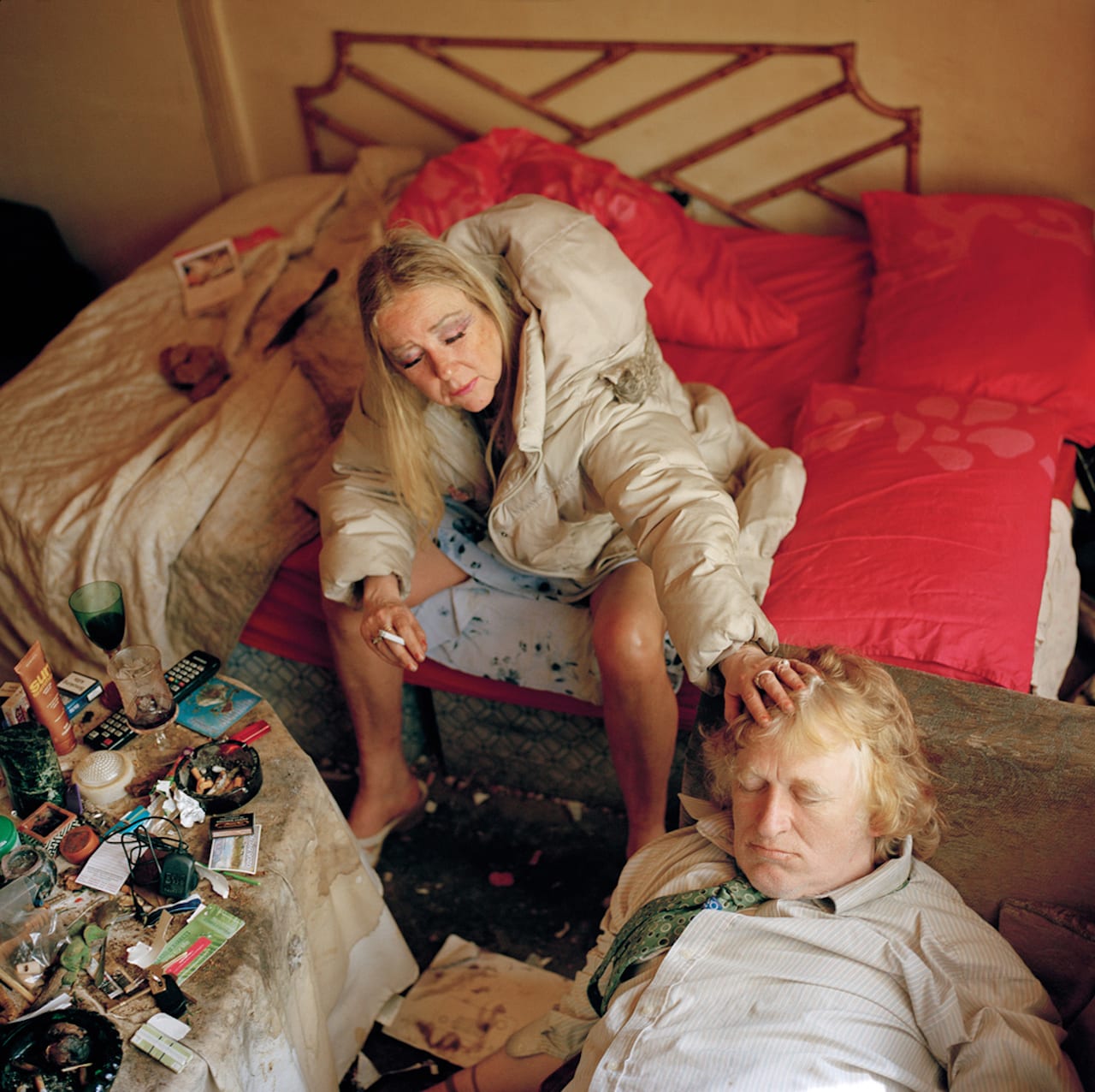
The show also brings together works that reflect on issues of loss and absence. Erik Kessels’ My Sister is a stretched and repeated replay of a Super 8 film from the 1970s that shows the artist playing table tennis with his sister. As the film goes on, we are confronted with the tragedy that his sister was killed shortly afterwards in a hit and run accident. In The Y, Alba Zari uses 3D technology, scientific reports and historical artefacts to create an investigation into the whereabouts of her missing father, and Poulomi Basu looks into the lives of women whose children have left Syria to join ISIS, in ISIS Mothers.
When curating, Clark not only sought out projects that explore different themes associated with family, but also ones that used varying photographic approaches. The final section of the exhibition features projects that use archival and found photography. “Photographs can have complicated afterlives, they can be de- or re-contextualised to trigger and shape memories, invite storytelling and help us negotiate the future,” says Clark.
In Where Time Stood Still, Amak Mahmoodian uses historical portraits sourced from a town in the capital of Iran to conceal the identity of her relatives. We will also see Johnny Briggs’ experimental work, which uses collage, staged photography and photo-sculpture to examine his relationship with deception and constructed ideals of the family.
Other artists exhibited include Mar Sáez, Thom Bridge, Matt Finn, Lebohang Kganye, David Moore, Trish Morrissey, and Mariela Sancari. “I wanted to include a broader range of projects that don’t gloss over themes like death and loss, unspeakable family secrets, feelings of alienation and pain,” says Clark, “and wanted to reflect on the broad range of practices that exist in photography today. It’s part of this idea of re-conceiving what can constitute a family photograph.”
https://www.londonartfair.co.uk/photo50/ Photo50 will open at London Art Fair on 16 January 2019, and will run till 20 January. Day tickets cost £21 on the door, £16 in advance. Full ticket types and prices can be viewed at www.londonartfair.co.uk/tickets.
